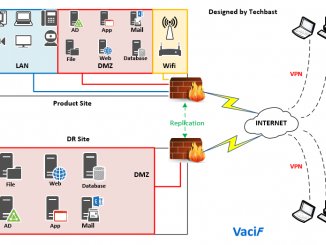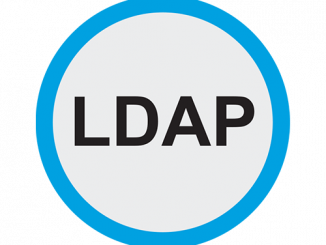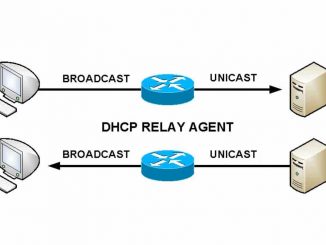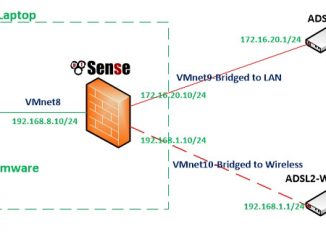
Linux: Instructions on using commands about User and Group on Linux
Structure of / etc / passwd file Structure of /etc/shadow file Useradd command: Create new Local User Usermod command: Modify exist Local User Userdel command: Read More

Structure of / etc / passwd file Structure of /etc/shadow file Useradd command: Create new Local User Usermod command: Modify exist Local User Userdel command: Read More

fsck command: is used to check and repair Linux filesystems (ext2, ext3, ext4, etc.) The exit code returned by fsck is the sum of the Read More

Overview Utilities support The fdisk family: These programs (fdisk, cfdisk, and sfdisk) are text-mode tools that can handle MBR GPT fdisk: This family (gdisk, cgdisk, Read More

Overview There are 3 types of people that affect file/dir permissions User Owner: A single person who owns the file/dir (user owner may be user Read More

Overview The article instructs the installation of CentOS operating system on VMWare Workstation, CentOS is a free Linux operating system, which can be used to Read More

Overview This article describes a network with a disaster response infrastructure that happens to be DR Site. Applicable to medium and large enterprise systems, high Read More

Overview This article explains how to authenticate LDAP to synchronize users form AD to the Fortigate firewall device, from which to configure the features for Read More

Overview This tutorial explains how to configure DHCP Relay, to act as a request and response station for DHCP Server, to provide IP for workstations Read More

Overview How to configure Login to Pfsense by Admin account Services -> DHCP Server -> LAN Choose Enable DHCP Server on LAN interface In Range: Read More

Overview This article guides how to configure the Failover for WAN on Pfsense device to ensure the network has Backup network, helping the system to Read More
Copyright © 2025 | WordPress Theme by MH Themes